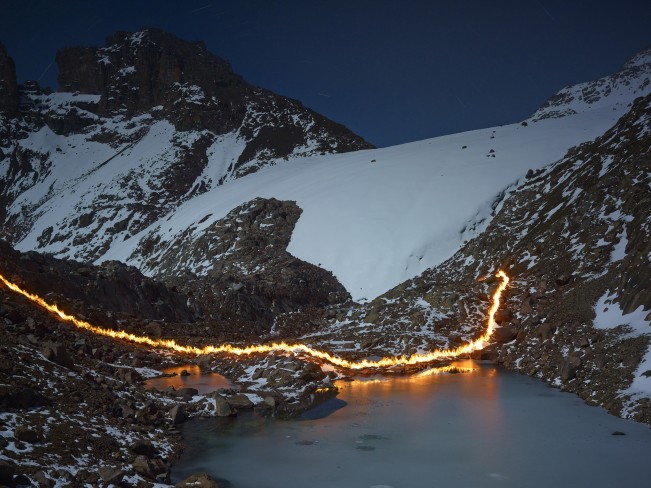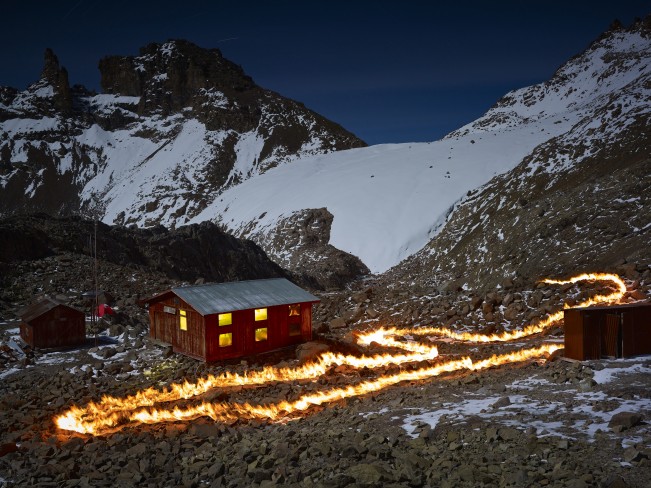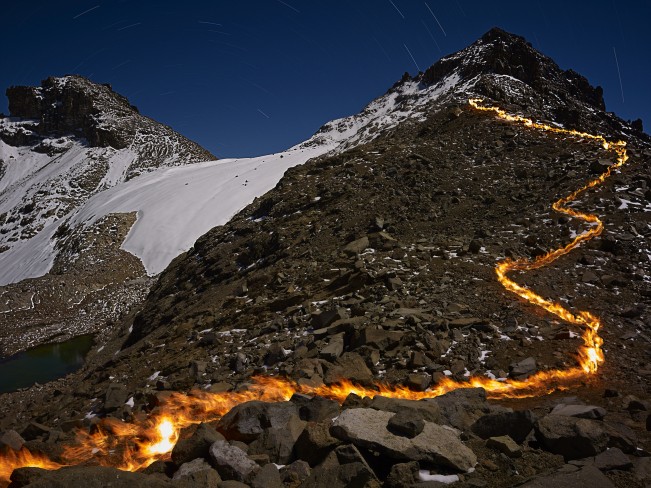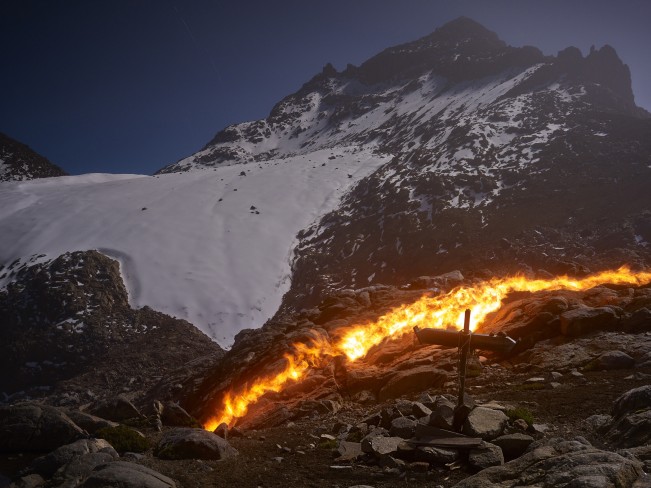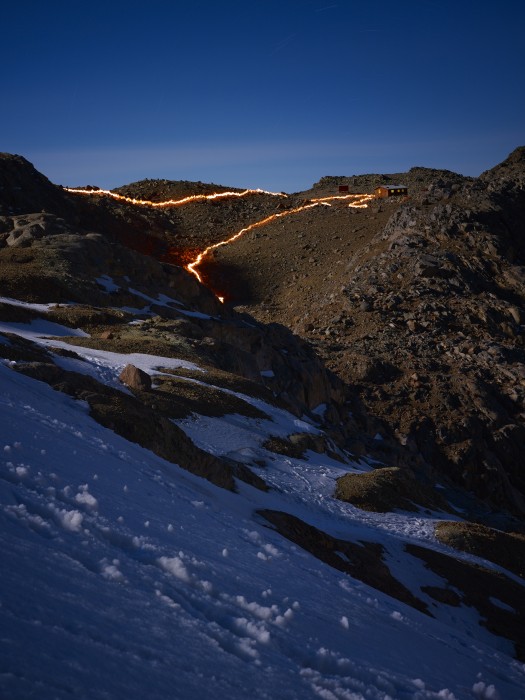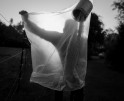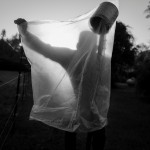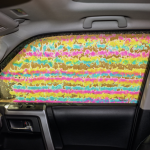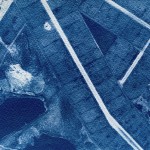Earth Week: Simon Norfolk: When I am Laid in Earth
These bodies of work are linked by this thematic lens: making the often-invisible nature of the global climate and the ecological crisis more visible using conceptual, lens-based art techniques. Each body of work speaks to a different aspect of the climate and ecological crisis: sea level rise; coral bleaching; habitat loss and environmental destruction; deforestation; melting glaciers; plastic pollution. – Michael O’Snyder
Simon Norfolk: Born: 1963 in Lagos, Nigeria. Lives in Hove and Kabul. Simon Norfolk is a landscape photographer whose work over twenty years has been themed around a probing and stretching of the meaning of the word ‘battlefield’ in all its forms. As such, he has photographed in some of the world’s worst war-zones and refugee crises, but is equally at home photographing supercomputers used to design military systems or the test-launching of nuclear missiles. Time’s layeredness in the landscape is an ongoing fascination of his.
Follow Simon Norfolk: @simonnorfolkstudio
When I am Laid in Earth
The melting of the world’s glaciers represents the canary in the coal-mine of global warming. The Lewis Glacier on Mount Kenya is the best place to see this process since it is one of the most studied glaciers and quality mapping of the ice-mass shrinkage exists going back all the way to 1934. The mountain gives water to a huge amount of central Kenya’s farms and cities and the glacier melt-waters regulate that water supply through the year. All this will be (is already being) undermined. The Lewis Glacier’s collapse is a catastrophe for Kenya and an alarm bell for all of us.
The lines I have drawn with fire represent where the glacier front was at various times in the recent past; the years are given in the captions. In the distance, a harvest moon lights the poor, doomed glacier remains. Relying on old maps, modern GPS data and mapping surveys from peer-reviewed journals, especially the work of researcher Rainer Prinz at the University of Innsbruck’s Centre for Climate and Cryosphere, I have recreated the history of the glacier’s retreat. Photographing time’s thickness, trying to trick out its ‘layeredness,’ is something I’ve been trying to do for many years now.
It seems entirely appropriate to make these pictures on a volcano. Mount Kenya is the eroded stump of a long dead mega-volcano, once perhaps 6000m high. Photographically, I hope to re-awaken its angry, fiery heart. The mountain has an especially fierce demeanour, the peaks are sheer and ragged, and since I first saw them I’ve been thinking of Shelley and Tolkien. The ‘Fire vs. Ice’ metaphor I employ is especially delicious for me.
So, see it now before it’s gone: I’d say you have a dozen years or so before Mount Kenya is just an unadorned rocky stump, robbed of its crown. Unless of course you feel that flying around the world injecting tonnes of hot CO2 into the troposphere in order to witness the melting of Africa’s glaciers, is just a little too ironic. – Simon Norfolk
Posts on Lenscratch may not be reproduced without the permission of the Lenscratch staff and the photographer.
Recommended
-
Riley Goodman: Art + History Competition Honorable Mention WinnerApril 4th, 2025
-
Oleksandr Rupeta: Art + History Competition Second Place WinnerApril 1st, 2025
-
Jared Ragland: Art + History Competition First Place WinnerMarch 31st, 2025
-
BEYOND THE PHOTOGRAPH: Researching Long-Term Projects with Sandy Sugawara and Catiana García-KilroyMarch 27th, 2025


